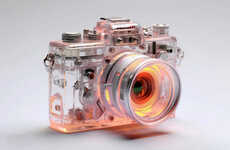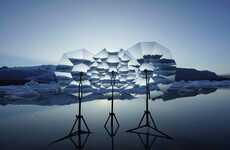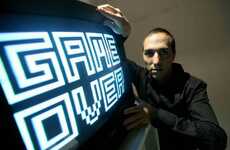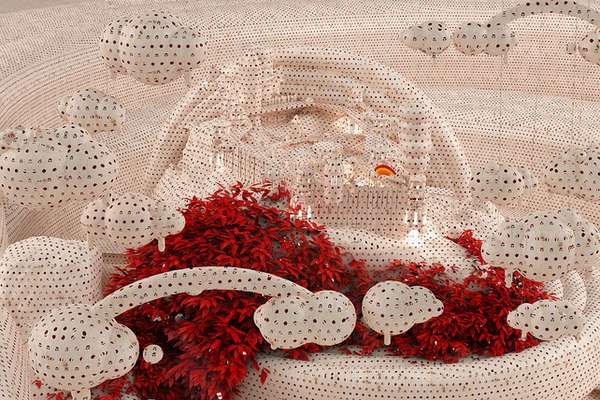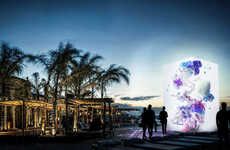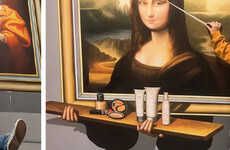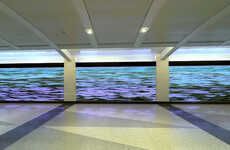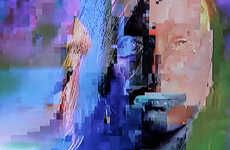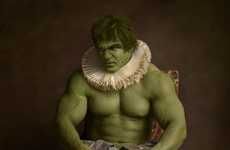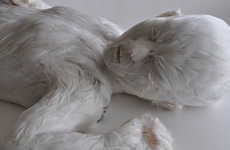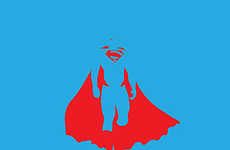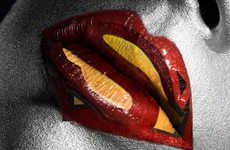
Alex Mcleod's Forgotten Legends Series is Hyperreal and Patterned
Meghan Young — May 17, 2012 — Art & Design
References: alxclub & fastcodesign
The Forgotten Legends series is a mesmerizing digital art project inspired by N.E. Thing Enterprises' Magic Eye books that were filled with autostereograms allowing people to see three-dimensional images in two-dimensional pictures. The work may seem strangely familiar to some since it was created by Toronto artist Alex McLeod, whose computerized landscapes made waves in the art world back in 2009.
Referencing everything from 19th century Romanticist landscape painting to video games and graphic novels, McLeod works with programs such as Cinema 4D, Sculptmaster and an iPad app called Forge. His current interest in exploring how pattern effects form led to the creation of the Forgotten Legends series. It will be shown this month at Montreal’s Three Points Gallery.
Referencing everything from 19th century Romanticist landscape painting to video games and graphic novels, McLeod works with programs such as Cinema 4D, Sculptmaster and an iPad app called Forge. His current interest in exploring how pattern effects form led to the creation of the Forgotten Legends series. It will be shown this month at Montreal’s Three Points Gallery.
Trend Themes
1. Digital Art - Disruptive innovation opportunity: Develop new tools and software for digital artists to create immersive and hyperrealistic artwork.
2. Autostereograms - Disruptive innovation opportunity: Design new ways to create autostereograms or develop technology that enables viewers to easily see three-dimensional images in two-dimensional pictures.
3. Pattern Effects - Disruptive innovation opportunity: Explore how patterns can be used to enhance and transform different art forms, creating unique visual experiences.
Industry Implications
1. Artificial Intelligence - Disruptive innovation opportunity: Utilize AI in the field of digital art to assist artists in creating intricate and detailed artwork.
2. Virtual Reality - Disruptive innovation opportunity: Merge the world of virtual reality and digital art to create immersive experiences that blur the line between the physical and digital worlds.
3. Augmented Reality - Disruptive innovation opportunity: Develop augmented reality technology that enables viewers to interact with digital art in a three-dimensional space, adding a new layer of engagement and interactivity.
4.6
Score
Popularity
Activity
Freshness


